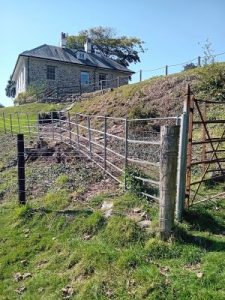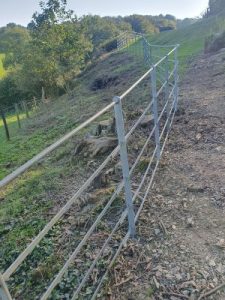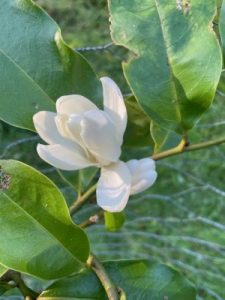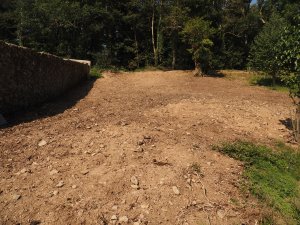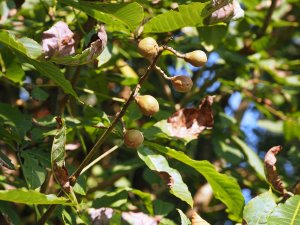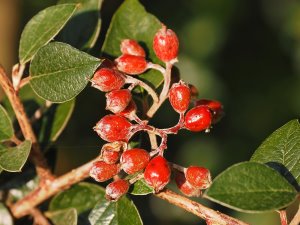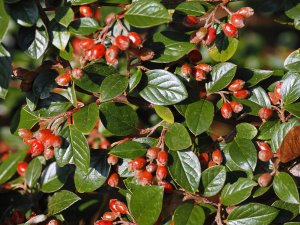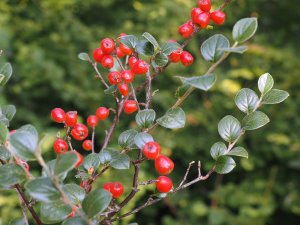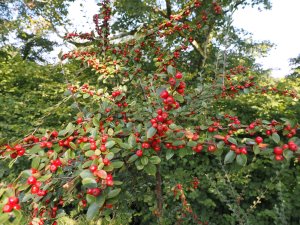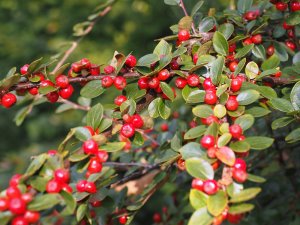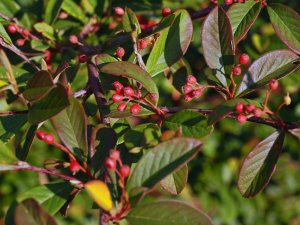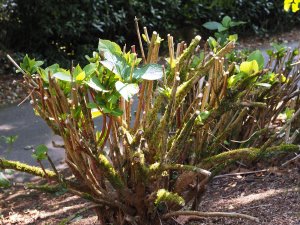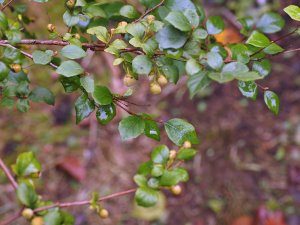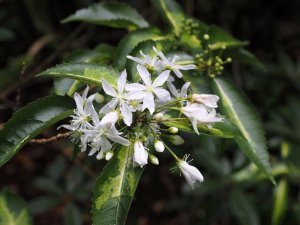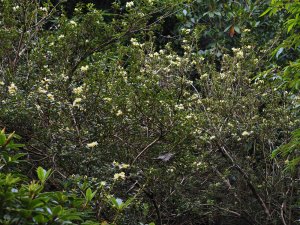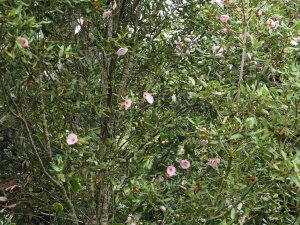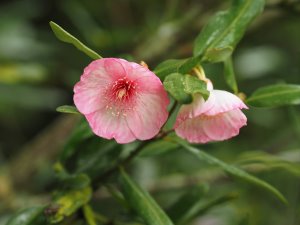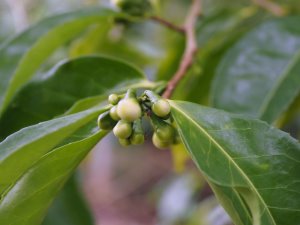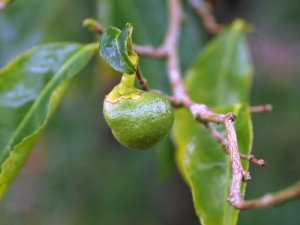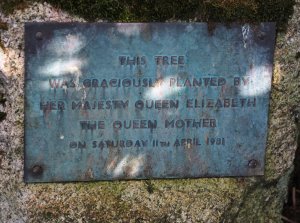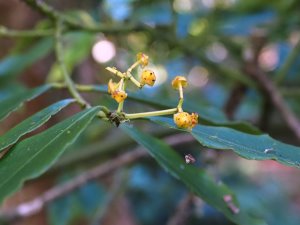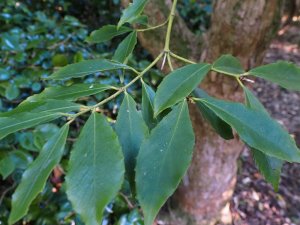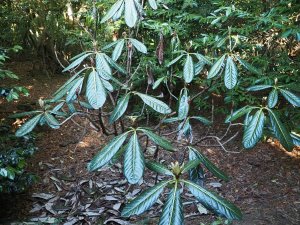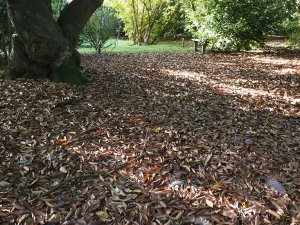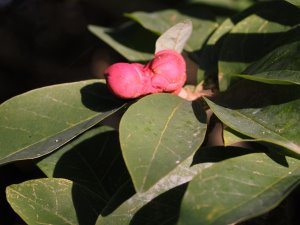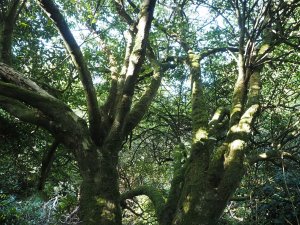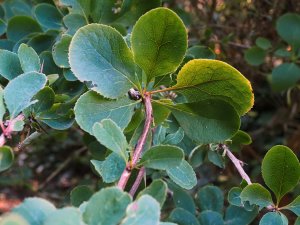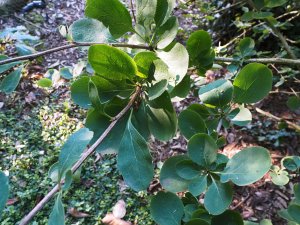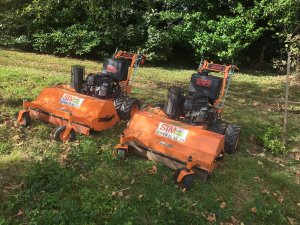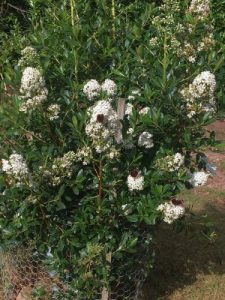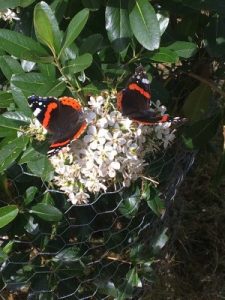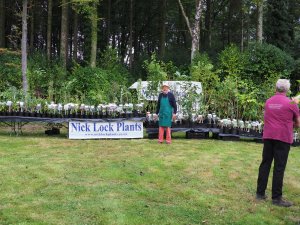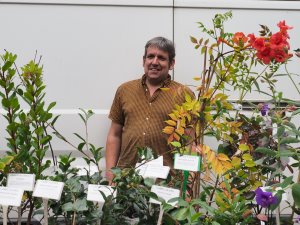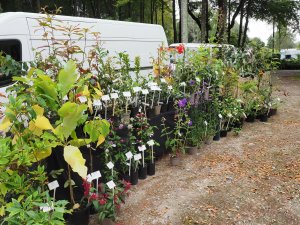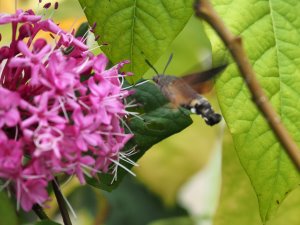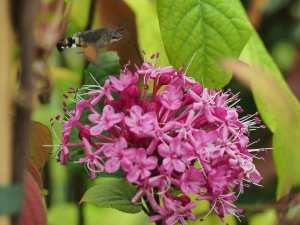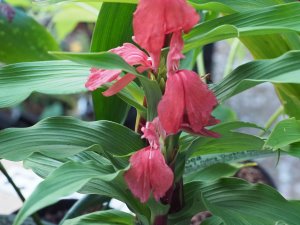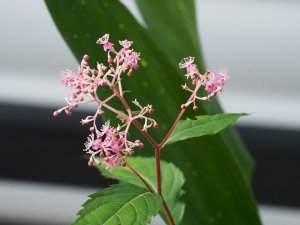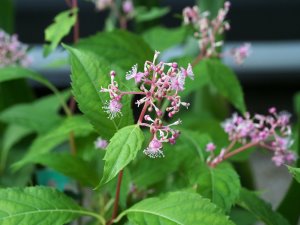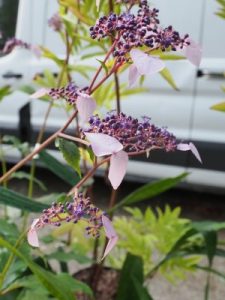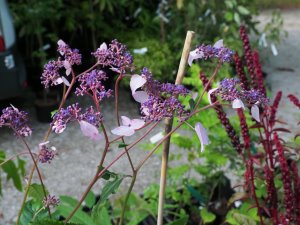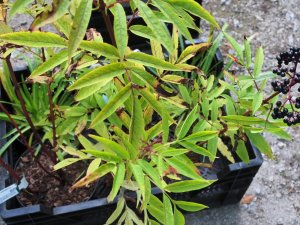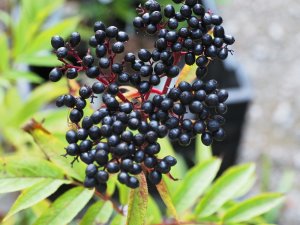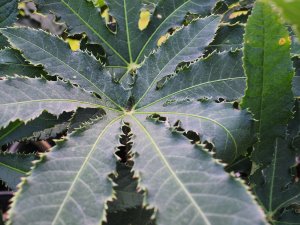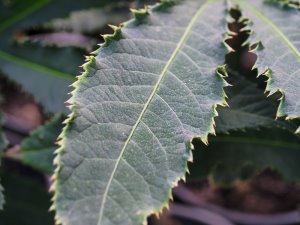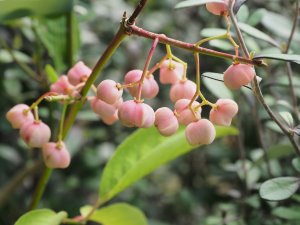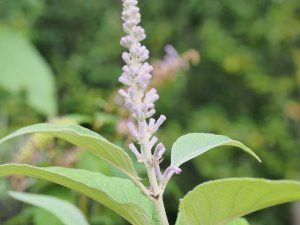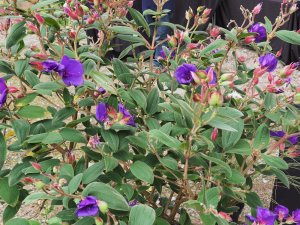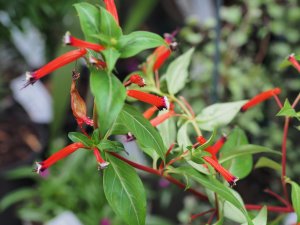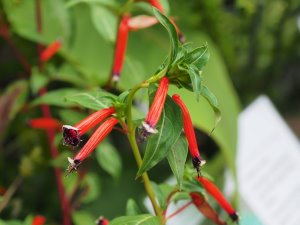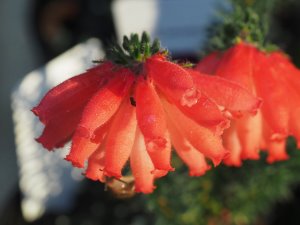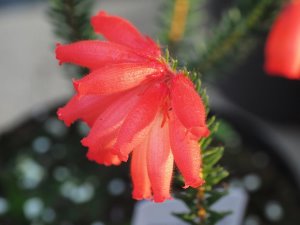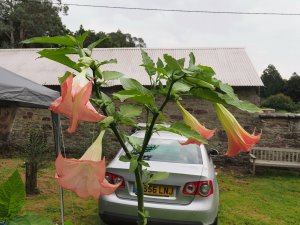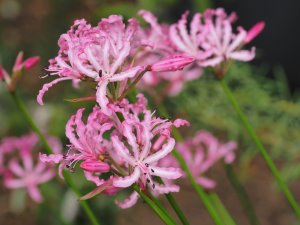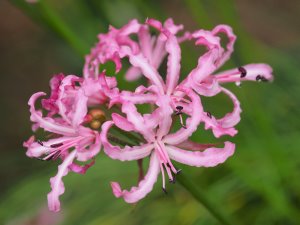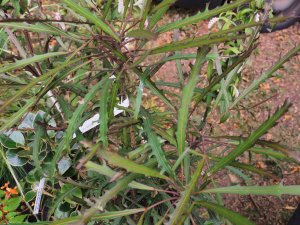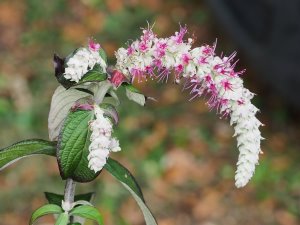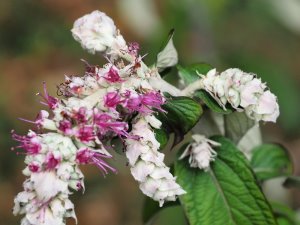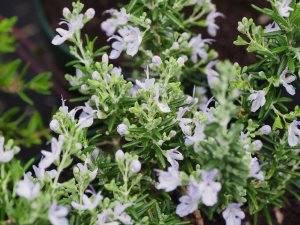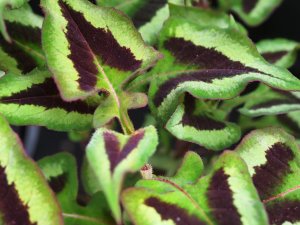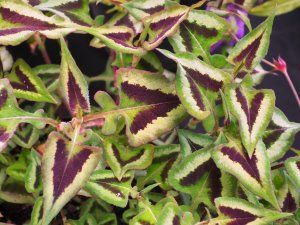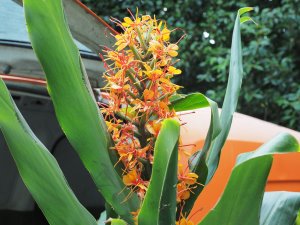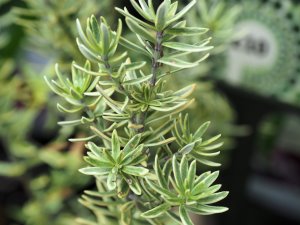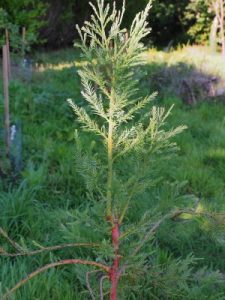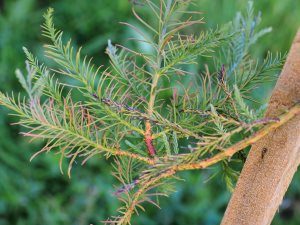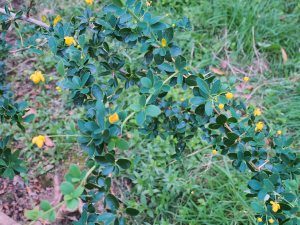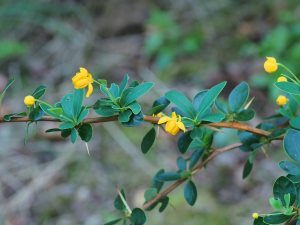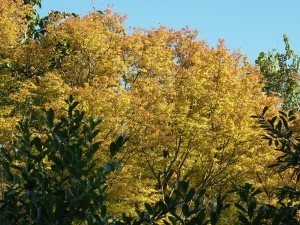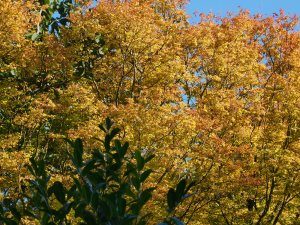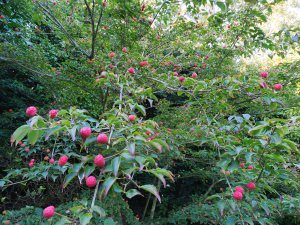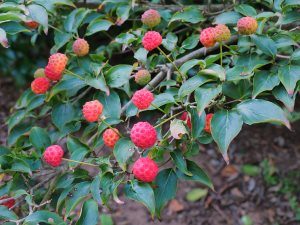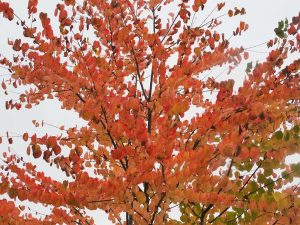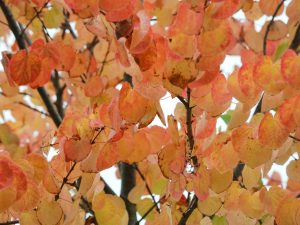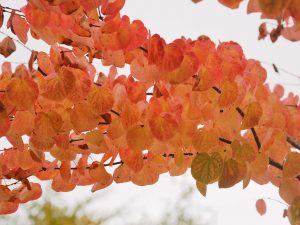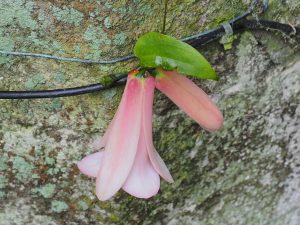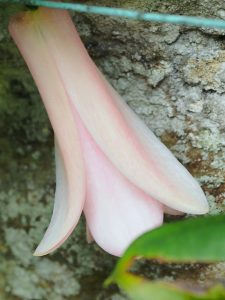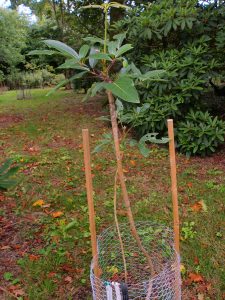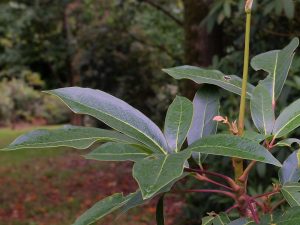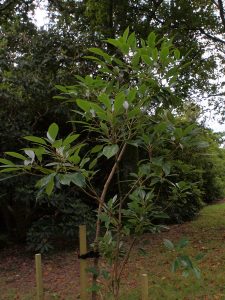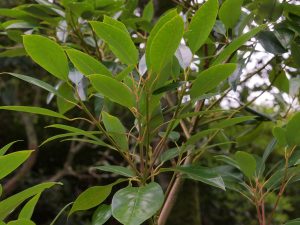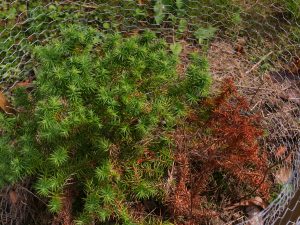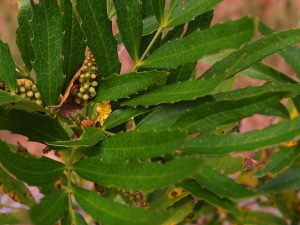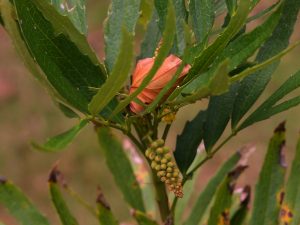2024 – CHW
The flies in our bedroom (all castle bedrooms) are reaching monumental proportions as the hundreds of house martins which have bred under the castle battlements this year depart for Africa. Hot, warm days of 20°c and cold nights of 3-5°c drive the flies around the closed windows. Its nothing to find an inch of dead flies on the window sill at this time of the year. Our holiday let guests go bonkers with complaints but autumn is coming and flies are normal. Don’t try to read in bed!
Here is a fine dragonfly seen and photographed by Michael in the Back Yard.
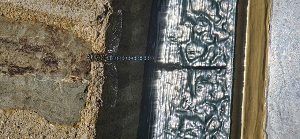
2023 – CHW
Heavy rain and wind but it is still very warm.
Loads of seeds on Styrax wilsonii this year.
2022 – CHW
Only a few house martins left. The majority went last week when the wind was in the North. A very successful breading year for them. Two egrets around the lake.
The Blue Cedar was planted by H.R.H. Prince Charles on 24th April 1984 below the Nobby. It has done well in a rather exposed, but prominent, situation.
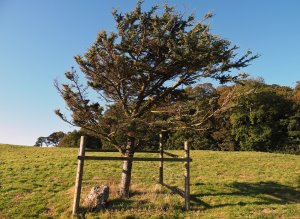
Captain George reports that a fisherman had seen a pair of choughs above the cliffs between the Lookout and East Portholland.Borde Hill have sent an email announcing that their Emmenopterys henryi is flowering again. This, and photographs, are attached here. Ours is of a similar age and 80ft tall but has never looked like flowering (nor has our original plant of Emmenopterys wilsoni). Having seen the Borde Hill plants growing in full sun in a hot dry location I am not really surprised. Ours are in woodland with dappled shade towards the top of the garden.We now have two flail cutters rather than one flail and one Allen scythe. The second grass cut in the garden is nearly complete.
2020 – CHW
The rare plant fair went ahead at Tregrehan yesterday with distancing, masks, contact tracing and no catering. The attendance was about a third of what we have come to expect from the late May fair and takings were similarly reduced. Nevertheless a good turnout in the circumstances and a most excellent array of rare plants from all the usual nurseries. We all enjoyed meeting each other again after so long without shows or events!
Nick Lock with his stand of rarities from which I made 10 early purchases.
Roscoea purpurea f. rubra ‘Gurkha Red’
On the Tregrehan stand:Brassaiopsis hispida (£50 each!)
On Nick Lock’s stand:Euonymus bungeanus with pink seed pods
Paul Bonavia:A huge stock plant of Tibouchina urvilleana (we were selling Tibouchina orangensis)
Treseders Nursery:Cuphea ignea
Other spectacular plants of interest at the fair:Erica cerinthoides
2019 – CHW
Glyptostrobus pensilis ‘Wooly Mammoth’ was only planted this year and lost its leading shoot in transit. It has however grown another. This is a very slow growing small tree which we saw in maturity last May in Nymans garden at about 20-25ft after 80 or so years.
Cercidiphyllum japonicum ‘Strawberry’ displaying its superb autumn colour on a drab day. The best of the foliage effect is probably now rather than in the spring.
Tom Hudson gave us this pink lapageria two or three years ago. To my surprise it has suddenly produced four pink flowers; most at the very tips of the new growth. What a lovely pink it is too!
Schefflera pauciflora has been nibbled by deer and was a very leggy plant to start with. Reshooting a little. Is this our fifth schefflera species? I still do not like them but they are a must for the catalogue. Clare is on the case.
A second flowering on Magnolia ‘Iolanthe’ and on Magnolia denudata ‘Forrest Pink’. As with previous offerings nothing to get too excited about but certainly something to stop and look at even if ‘admire’ would not be the right word. The more one looks the more one sees magnolias that do actually have a second flowering. We used to think it was just Magnolia soulangeana and Magnolia ‘Star Wars’ that did this regularly.
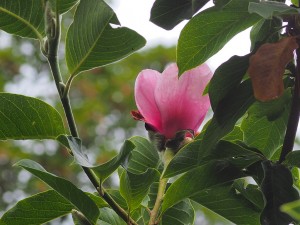
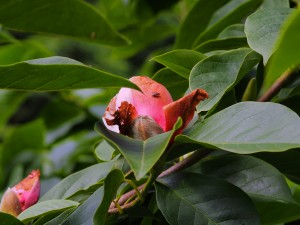
1918 – JCW
Hydrangeas, lapagerias, cyclamen, roses on the terrace are all good, there is very little else.
1917 – JCW
Much as in 1915 except that the solanums have most of them been killed in the last winter.
1915 – JCW
Charles came home from the Dardanelles. Solanum and cyclamen are good. Lapagerias fair, hydrangeas good, there is little else. My hybrid gladiolus just over, the seedling yellows hold on. Very dry.




